

Last updated on
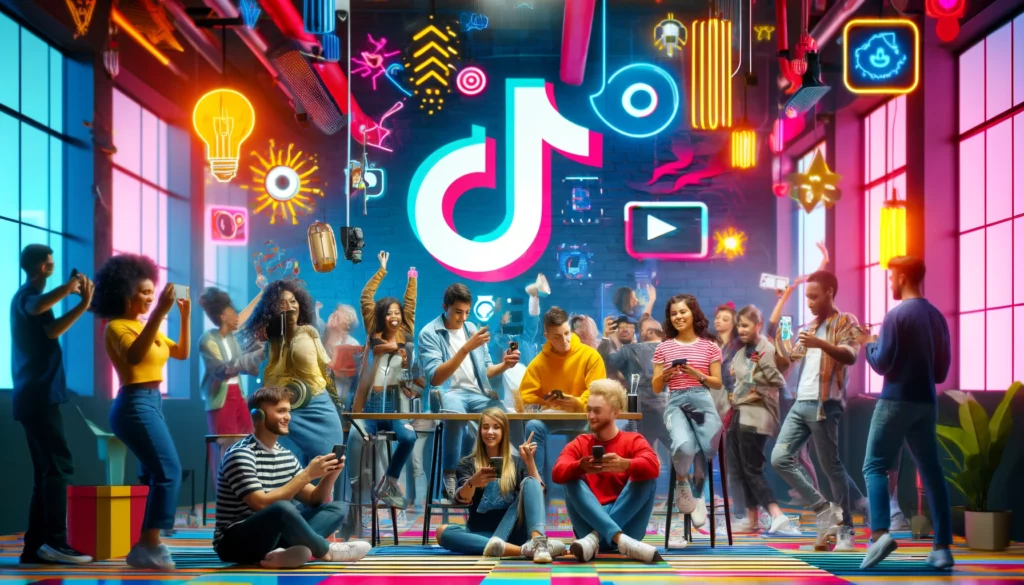
NEWS 5/6/2024 TO 5/10/2024
This week saw the launch of new advertising tools by Meta and TikTok, enhancements to reporting processes in GA4, and creators gaining the ability to run ads directly from YouTube Studio. Here’s a roundup of the latest developments in digital marketing.
Meta is bolstering its AI capabilities and extending them to advertisers. Through Meta’s Advantage+ Creative Portal, users can now:
These generative ads from Meta will be powered by Llama 3, Meta’s expansive language model.
Budweiser is leveraging songs that mention its parent brand, Anheuser-Busch InBev (AB InBev), and transforming them into targeted ads on the popular music streaming platform, Spotify.
Once these songs are converted into ads, they are strategically placed into ad slots corresponding to their music genre. The objective is to ensure a seamless user experience, particularly for members on the “free” plan, by seamlessly integrating the ads.
Spotify surpassed 500 million monthly active users in 2023, with only 40% of these users opting for the Premium version of the app.
During the first quarter of 2024, the app witnessed a 14% year-over-year increase in subscribers, reaching 239 million globally.
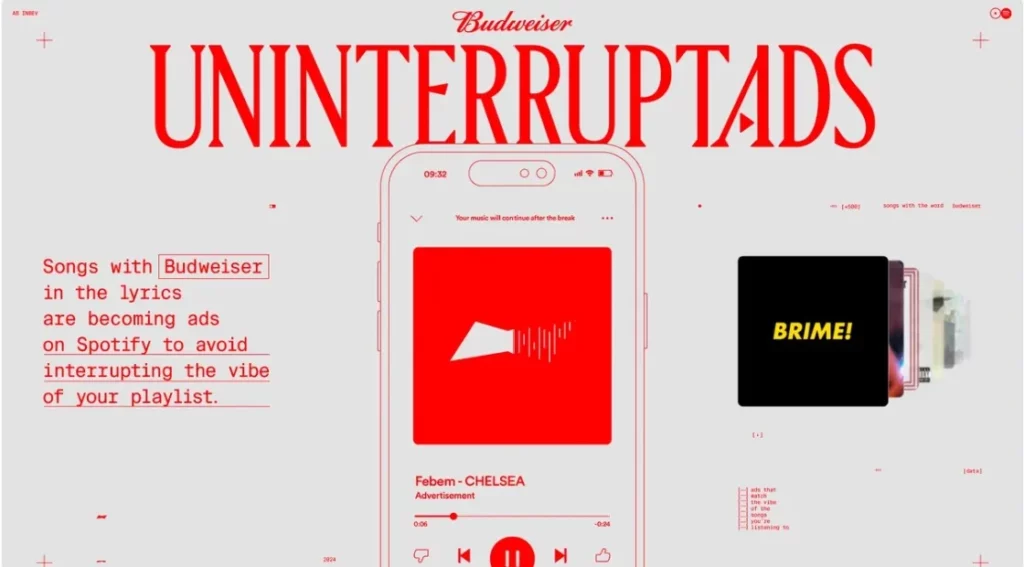
Thanks to Google, a new program called Performance Max for Marketplaces has been introduced, simplifying the process of advertising products across various Google channels.
Remarkably, you no longer need a website to take advantage of this program.
Performance Max for Marketplaces enables you to expand your customer reach and boost sales of your products through a marketplace platform. Once you connect your Google Ads account to the marketplace, you can create Performance Max campaigns directing shoppers to your products there. There’s no requirement for you to possess your own website or Google Merchant Center account.
This program empowers you to advertise on a range of channels including Search, Shopping, Gmail, YouTube, and more.
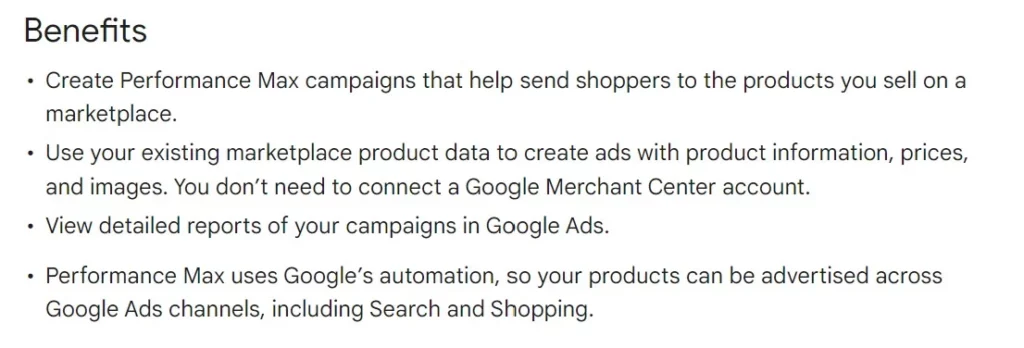
Reports of Google’s demise are greatly exaggerated.
Recent data from Statcounter suggested a significant decline in Google’s U.S. search market share, dropping from 86.94% to 77.52% in April. Meanwhile, Microsoft Bing surged to 13.05% from 8.04%, and Yahoo jumped to 7.3% from 2.48%.
However, upon closer inspection, it seems there was a calculation error. Google’s actual decline was to 86.58% from 86.94%, which, while still a decrease, isn’t as drastic. Bing only saw a growth of 0.2%, and Yahoo’s increase was just 0.11%. Globally, Google maintains approximately 90% market share.
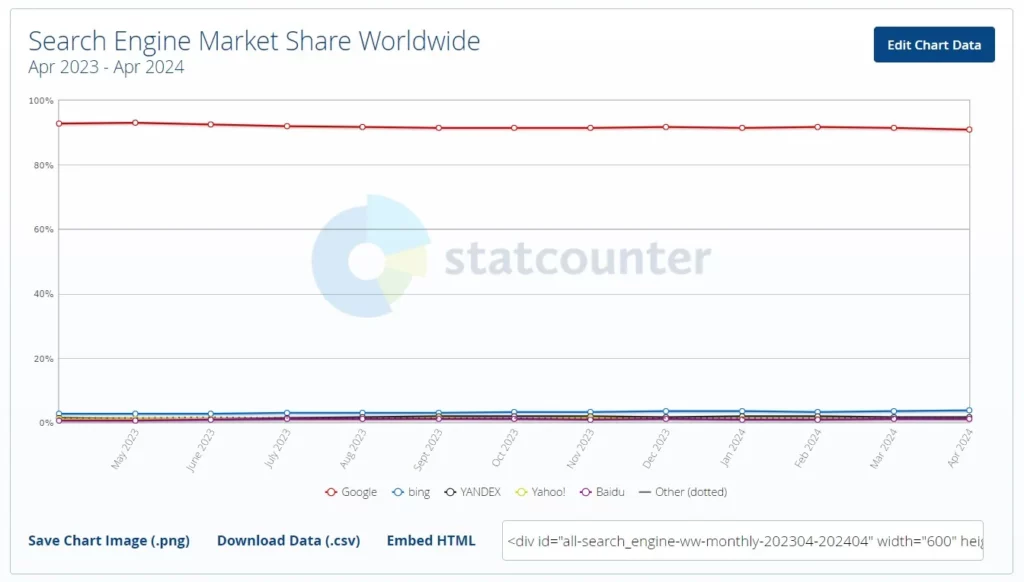
TikTok recently unveiled fresh premium advertising options as part of its Pulse suite.
Firstly, the Pulse Premiere initiative has welcomed new publishers. If you’re not yet familiar with Pulse Premiere, it enables advertisers to showcase their ads alongside content from top-tier publishers.
Among the latest additions to Pulse Premiere are the NHL and Paramount, joining the ranks of established names like BuzzFeed, Conde Nast, Hearst, Vox, MLB, NFL, UFC, and others.
Furthermore, TikTok has introduced additional Pulse features, including:
TikTok has also partnered with new audience measurement firms, such as iSpot.tv and Nielsen ONE Ads.
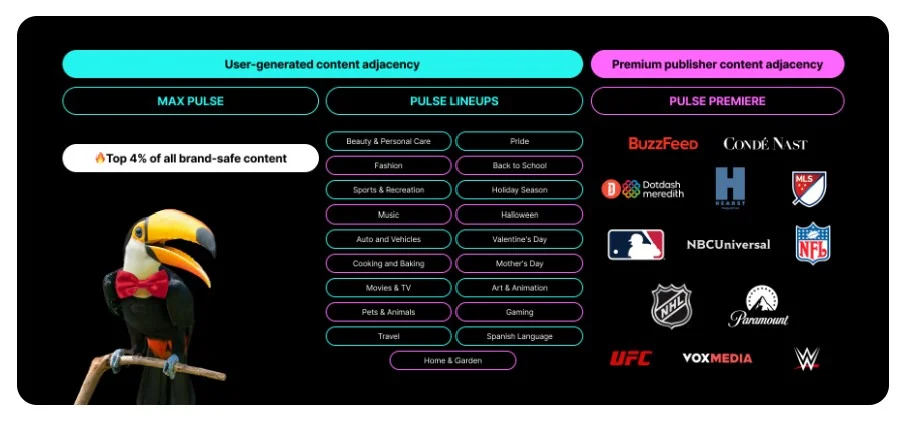
The process is underway.
As per a tweet from Google’s Danny Sullivan, the policy implementation commenced on May 5, with enforcement beginning on May 6.
However, it’s important to highlight that, as of now, only manual actions have been initiated. Sullivan mentions that algorithmic adjustments will be made at a later stage.
Google outlines site reputation abuse as follows: “Site reputation abuse occurs when third-party pages are published with minimal or no oversight or involvement from the first-party site, aimed at manipulating Search rankings by leveraging the first-party site’s ranking signals.”

Exciting developments for those utilizing Google Analytics 4!
In a recent update shared by Google, importing user data into audiences has become more seamless.
According to Google, “Now, data you upload, connected via either user ID or client ID, can promptly qualify users for your #GA4 audiences, bypassing the necessity for them to initially visit your site or app.”
For instance, suppose you maintain a “Gold” loyalty tier audience. In that case, you can simply upload the corresponding loyalty tier data, and users designated as “Gold” will be effortlessly included in your audience.
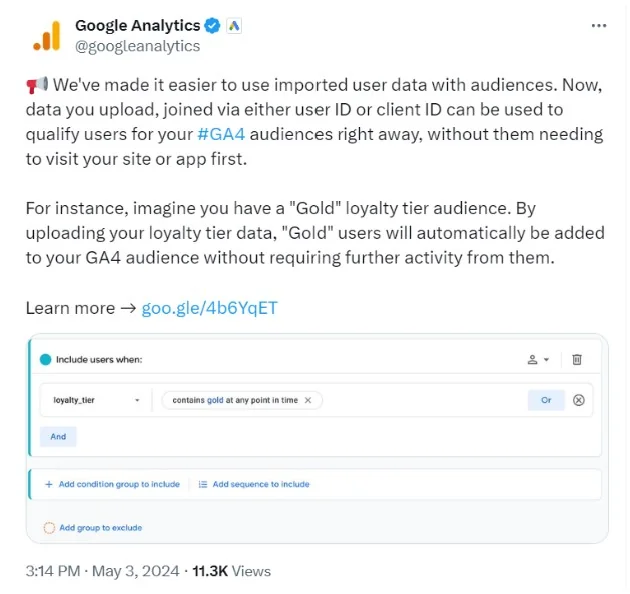
Google has introduced a new tool called Saved Comparisons in analytics, empowering marketers to save customized segment filters within GA4.
This rollout aims to streamline data comparisons, allowing you to analyze subsets of data side by side, focusing on dimensions such as platform, country, and traffic source.
Here’s what you can expect from this feature:
However, it’s worth noting that there is a limit of 200 saved comparisons per property. Additionally, some reports may not be compatible if they lack the same filtered dimensions used in a saved comparison.
Recent research conducted by VistaPrint and Wix has identified social media as a major player in the digital marketing landscape.
In a survey encompassing 1,000 small businesses and 1,000 consumers across the U.S., key trends were uncovered.
Among businesses, 60% identified social media as their top digital marketing tactic, followed closely by SEO at 50% and email marketing at 46%.
Interestingly, on the consumer side, social media emerged as the leading method for discovering local businesses among individuals aged 18-54, surpassing even search engines in popularity.
Furthermore, the primary reason cited by consumers for visiting a local business is recommendations, highlighting the significant influence of word-of-mouth in driving foot traffic.
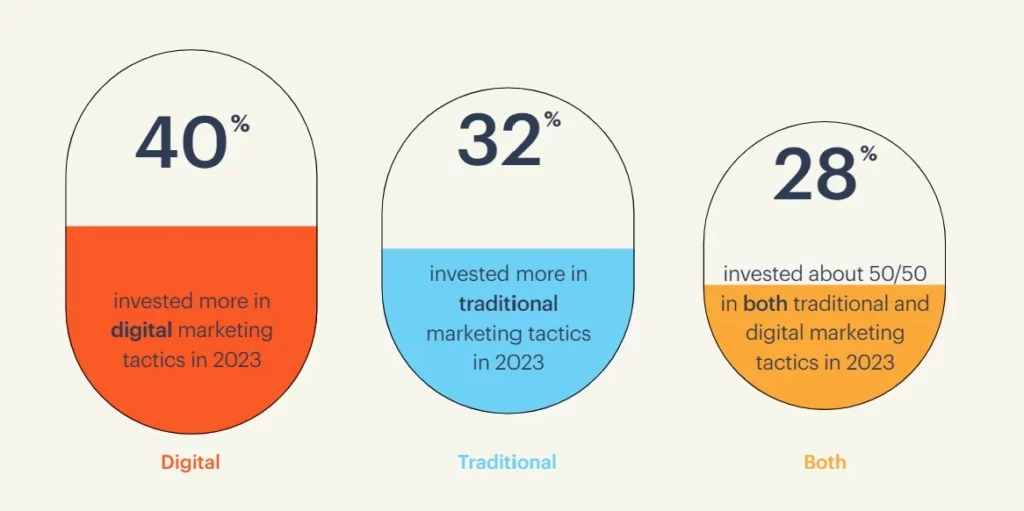
According to a report from Aira and Women in Tech SEO, the majority of SEO professionals seem unfazed by the potential threat of AI advancements.
A significant 64% of surveyed SEOs expressed no concern whatsoever about being replaced by AI technologies.
However, the report also reveals that AI developments have prompted some adjustments in SEO strategies, with 58% of respondents indicating minor changes in their planning.
Interestingly, over half (52%) of SEOs rely on AI and machine learning tools for generating metadata. These tools are also utilized for content creation (46%), keyword research (35%), and auditing (23%).
YouTube has recently introduced a convenient new ad setup option aimed at simplifying video promotion.
As per a video explanation, users can now initiate campaigns directly from YouTube Studio, eliminating the need for navigating through the intricate setup process in Google Ads.
However, certain criteria must be met to access the “Advanced” features required for this setup, including having more than 1,000 subscribers.
It seems Google’s disavow tool is on its way out, as confirmed by a post from Google’s John Mueller. However, the timeline for its removal remains unspecified.
For those unfamiliar, the disavow tool was previously utilized by SEO practitioners to disassociate their websites from spammy backlinks. It served as a means to inform Google of the lack of interest in acquiring page rank from sites with dubious reputations.
Yet, with Google’s evolving algorithms, the necessity for such a tool has diminished. Nowadays, Google no longer passes page rank from spammy sites, rendering the disavow tool obsolete.
Original news from ignitevisibility